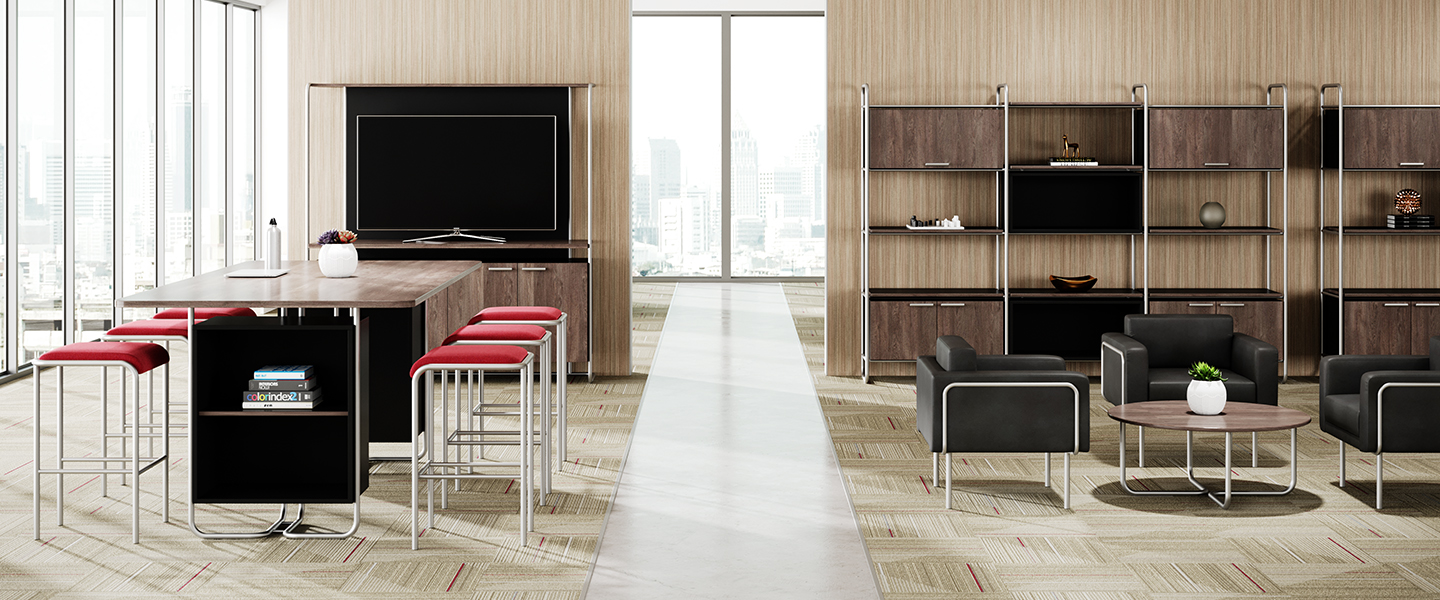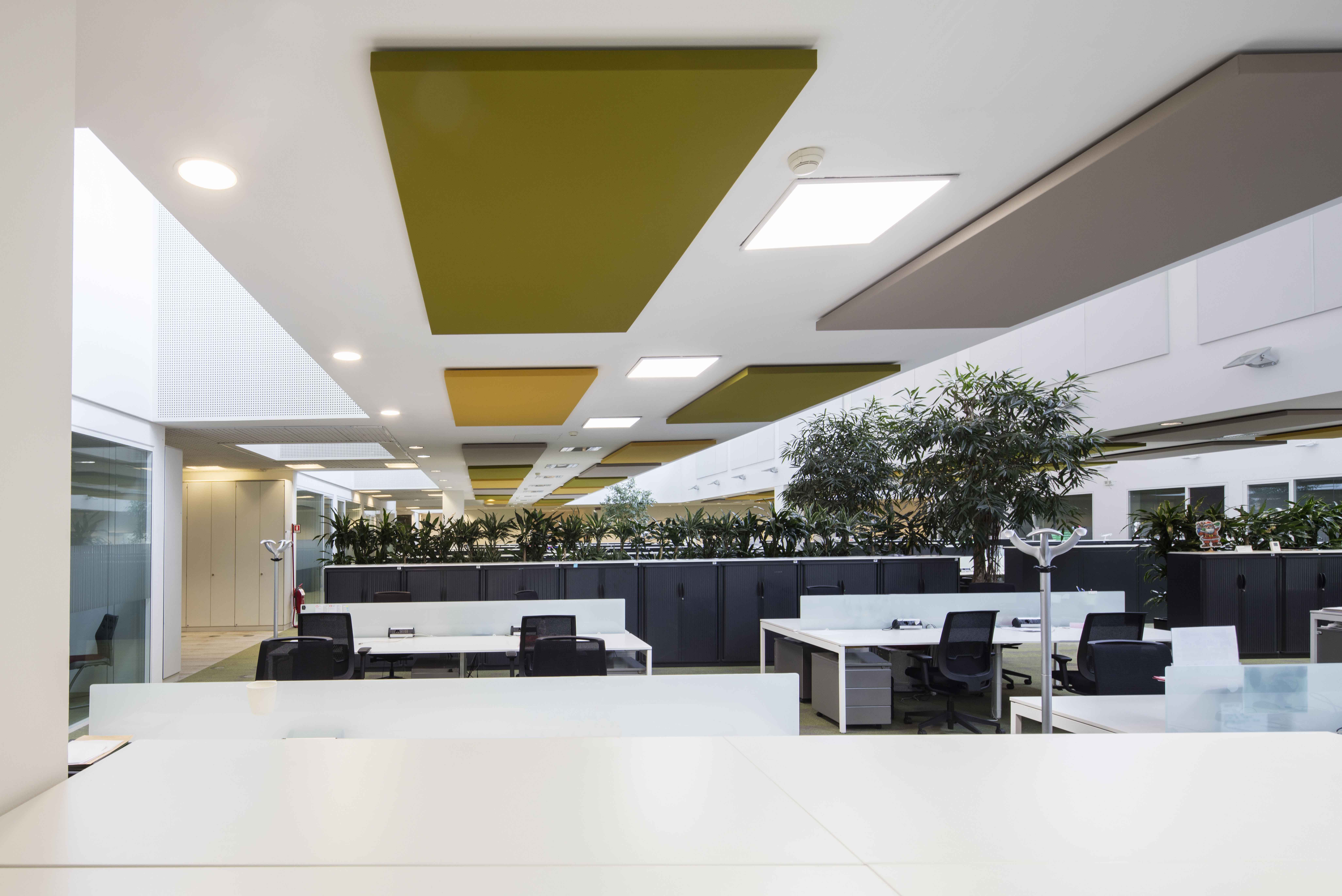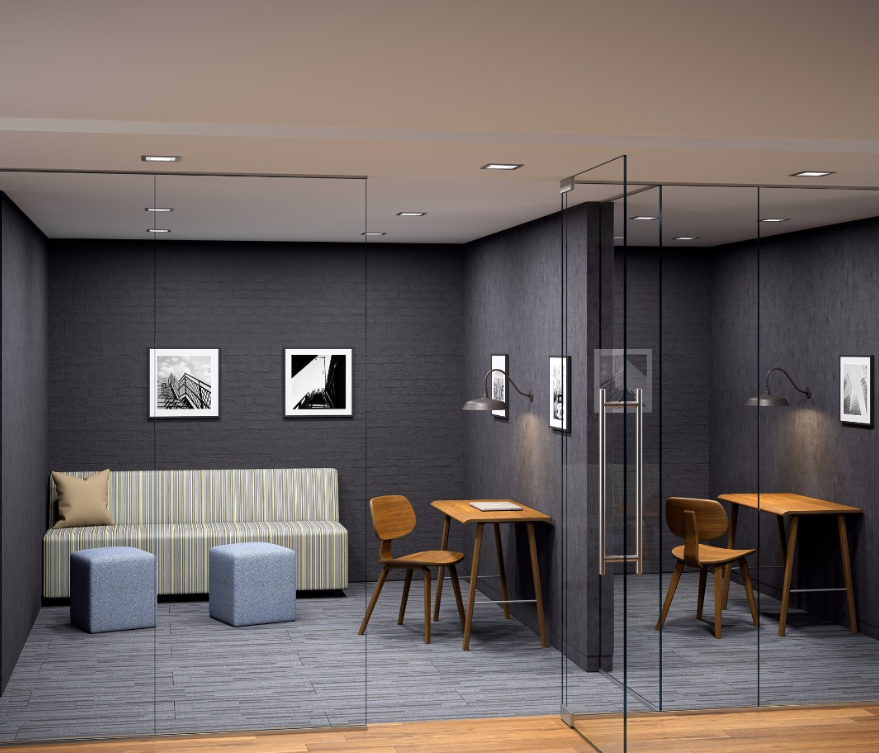Recently, Harvard Business School released a study reviewing open office design (read the study here). In the aftermath, there has been a flood of articles, both for and against this design style. In this two part series, we take a look at both sides of the debate and let you decide for yourself.

Against the Open Office:
“A decade ago there was the big movement to create collaboration spaces, but, the pendulum moved too far. We need to strike a balance between collaboration and heads-down work, and in my opinion, we favored collaboration at the peril of individual workspaces. The industry is playing a bit of catch-up to redefine specs that not only support collaboration, but also offer a healthy dose of individual work time…”, said Neil Usher in an article published in Bussiness of Furniture earlier this month. It sums up what has gone wrong with the culture of open office design.
When the Harvard Business School study was released in July, it confirmed what most open office workers have been saying for years: open office spaces just don’t work. Rather than increasing collaboration and communication, people are hunkering down at their spot at the table, putting on their headphones, and trying to find privacy however they can. 
Cost motives are possibly overcoming workers needs and happiness. Real estate is expensive, and a simple way to overcome that is to reduce the square footage that each employee consumes. Companies have taken this and run with it, putting workers into smaller and smaller spaces without the proper research or change management. The result has ended up being counter productive to the original goal of open offices; more collaboration and a more cohesive team. In an interview on the Harvard Business School’s website, one of the authors of the study says, “My hope is that this research throws a bucket of ice water on the idea that there’s no tradeoff—that you will naturally both save in real estate costs and get more collaboration from this kind of design.
Some evidence suggests open offices force workers into “fake” productiveness. Simply put - looking busy without accomplishing much at all. The author of the study, Ethan Bernstein, says, “If you’re sitting in a sea of people, for instance, you might not only work hard to avoid distraction (by, for example, putting on big headphones) but—because you have an audience at all times—also feel pressure to look really busy.” Downtime is important in any type of mental activity to give yourself time to regroup and process information. The study notes, "[In] an internal and confidential management review, [the company's] executives reported to us qualitatively that productivity, as defined by the metrics used by their internal performance management system, had declined after the redesign to eliminate spatial boundaries.”
The study concludes “…rather than prompting increasingly vibrant face-to-face collaboration, open architecture appeared to trigger a natural human response to socially withdraw from officemates and interact instead over email and IM.” Could this be the final nail in the coffin for open offices as we know them?

Articles:
https://www.hbs.edu/news/articles/Pages/bernstein-open-offices.aspx